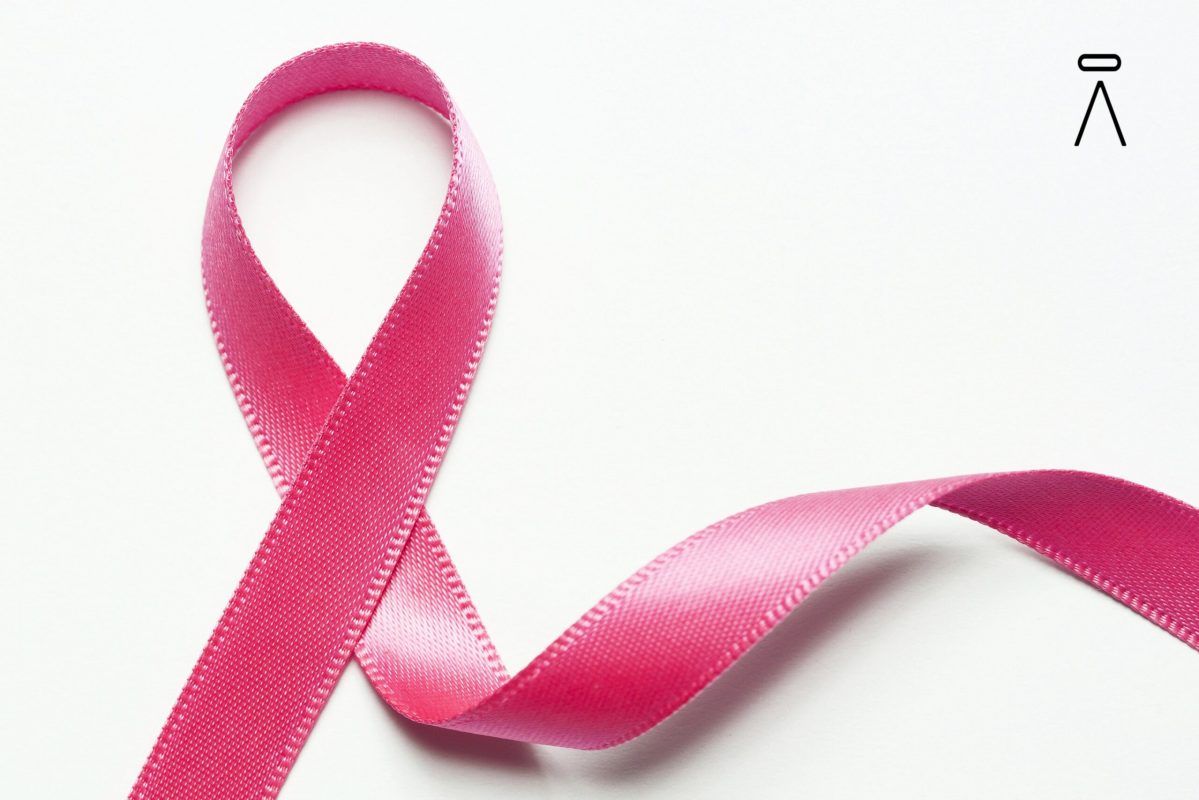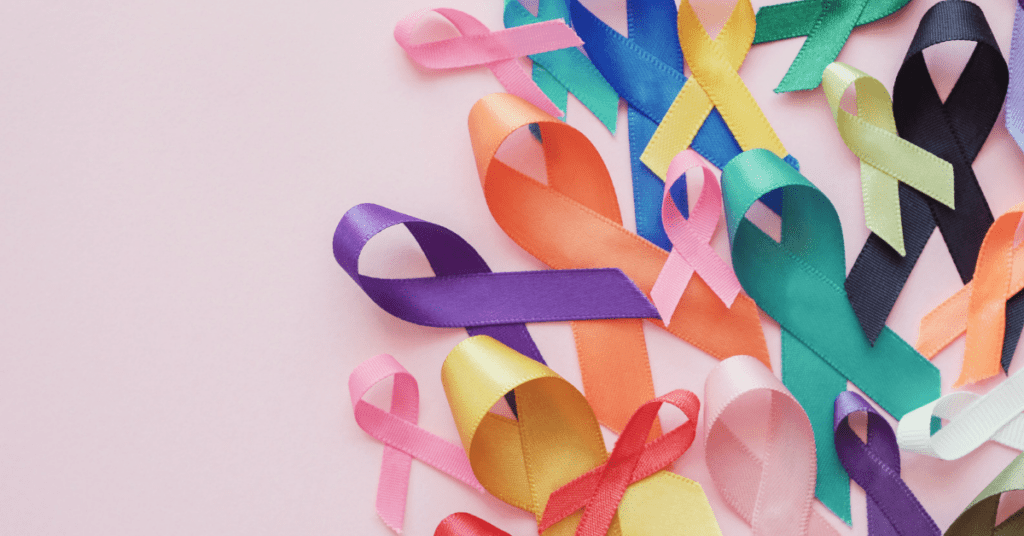What cover do you get with insurance for breast cancer? We look at the prevalence of breast cancer in South Africa and why cancer insurance is such a good idea. Here’s all you need to know!
How Prevalent Is Breast Cancer?
Cancer is considered one of the biggest killers in the developed world. According to the South African National Cancer Registry (SA NCR), one in four South Africans is affected by this critical illness. When it comes to women, breast cancer is the number one cancer that impacts South African women, followed by cervical, colorectal, uterine and lung cancers. The 2017 SA NCR stated that 1 in 25 South African women, across all races, have a lifetime risk of contracting breast cancer at some point in their lifetime.
What Are the Risk Factors for Breast Cancer?
With all forms of cancer, there are both controllable and uncontrollable risk factors. The same is true for breast cancer. Here’s a look at the major risk factors associated with this illness.
Uncontrollable Risk Factors
The unfortunate reality about the disease – which makes breast cancer insurance worth getting – is that many risk factors are out of your control. Here’s an overview of these inherent risks:
- Gender – Women are 100 times more likely to develop breast cancer, according to Harvard Health. This is primarily because female breast tissue is more exposed to hormones.
- Age – Harvard Health also states that age is the strongest risk factor, with around 85% of breast cancer cases in women aged 50 years and over, with only 5% in women under 40. This is why breast examinations and breast cancer coverage become so vital in later years.
- Genes – If you have two (or more) first-degree relatives – mother, daughter or sister – with breast cancer, you have more than a 50% chance of developing breast cancer. This is because of the mutation of the BRCA1 and BRCA2 genes.
- Personal history – If you’ve had another breast condition, such as lobular carcinoma in situ (LCIS) or atypical hyperplasia, you are at a higher risk for developing breast cancer. Likewise, if you’ve had breast cancer in one breast, you have more chance of developing in the other.
- Periods and menopause – If you started your period before the age of 12, you have a higher risk of developing breast cancer. The same is true if you begin menopause at an older age (over 55 years), the reason being that your body has more exposure to oestrogen.
Controllable Risk Factors
Certain factors lower the risk of breast cancer, but even these are only marginally within your control. They include:
- Radiation exposure – Previous exposure to radiation on your chest can increase your chances of breast cancer.
- Weight – Being overweight increases your chance of breast cancer, especially in women post-menopause.
- Pregnancy – Having your first child over the age of 30 or not giving birth at all, can also increase your risk of developing breast cancer.
- Post-menopausal hormone therapy – Certain therapy medications that combine oestrogen with progesterone in the treatment of menopause may increase your risk.
- Alcohol – Despite claims about the benefits of red wine consumption, alcohol can actually increase the risk of developing breast cancer.
What Are the Symptoms of Breast Cancer?
It’s important to note the warning signs of breast cancer and to take immediate action. Some symptoms include:
- Changes to the nipple.
- Breast lump or thickening.
- Dimpling of the breast skin.
- A newly-inverted nipple.
- Peeling, scaling or flaking of the areola.
- Redness or pitting of the breast skin.
How to Reduce Your Risk of Breast Cancer
Alongside investing in breast cancer insurance, it’s important to perform regular breast examinations for early diagnosis. These checks include:
Breast Self-Examination (BSE)
Regular BSE, performed once a month, is the best way to detect breast cancer. Any lump must be investigated, although not all lumps are cancerous. However, warning signs are if a lump is accompanied by any of the aforementioned symptoms.
Clinical Breast Examination (CBE)
This is a visual and manual screening performed by a medical professional and should be part of your annual medical.
Mammograms
This is a specialised X-ray machine that detects lumps in the breast early on. It’s advisable for women over the age of 40 to go for an annual mammogram.
What Is Breast Cancer Insurance Cover?
Because of the prevalence of breast cancer in South Africa, many insurance companies offer affordable health care plans specialising in breast cancer coverage. This is a supplemental form of cancer insurance that will assist with the elevated costs of cancer diagnosis and ongoing treatment. It’s important to note that breast cancer insurance should not replace your traditional health insurance plan but rather act as additional coverage to help make up any shortfall associated with cancer treatment costs such as radiation and chemotherapy.
The Cost of Cancer
In addition to the prevalence of cancer in society, the cost associated with cancer treatment is exceptionally high, which is why cancer insurance is becoming so important. According to the American Institute of Cancer Research, the global costs of cancer are sitting at around US$895 billion a year. The Independent Clinical Oncology Network in South Africa estimates that treatment can cost anything between R10 000 and R1 million per patient per year. Considering cancer can take years of therapy, these amounts can be crippling.
Why Are Cancer Costs So High?
Many people question why treating cancer is so expensive despite it being such a prevalent illness. There are so many forms of cancer, treatment lengths vary, and innovations also spike up the costs. Here’s a quick look at where the money goes:
Variety of Treatments
In addition to the cost of cancer diagnosis and drugs, you’re likely to pay for radiation, chemotherapy, imaging, pathology, surgery and – in a worst-case scenario – end-of-life care. Breast cancer patients might also require reconstructive surgery if they’ve undergone a mastectomy and other cosmetic procedures in the form of nipple reconstruction or areola tattooing.
New Cancer Treatments
Each new cancer drug has to undergo complex clinical research and administrative processes, including regulatory studies and clinical trials, each one costing pharmaceutical companies millions in development.
Existing Cancer Drugs
Some advanced cancer treatments for specialised cancer with a high survival rate can cost just under R1 million for around four treatments. Often multiple treatments and drugs are needed to combat the illness.
Advances in Technology
The more advanced the cancer treatment technology, the higher the cost. In South Africa, we have five world-class radiation units for incredibly potent radiation treatments, and each unit costs millions to set up.
Surgical Innovation
For increasingly technical surgical procedures, oncologists turn to robotic surgical systems that have a higher success rate than conventional surgery. Each system costs in the region of R21 million, with around 27 South African surgeons accredited to use them – making this a costly option.
Lost Time
Besides the medical costs and treatment, breast cancer patients need to factor in the lost work time – whether it’s short-term or long-term. Remember that, beyond the initial treatment, your cancer could go into remission, and you could relapse, requiring the start of the entire process all over again.
How to Lower the Costs of Breast Cancer
Certain steps can be taken ahead of time to lower the financial burden on breast cancer patients. These include:
Living Healthier
Before and even after a breast cancer diagnosis, healthier living improves your chance of combatting the risk and overcoming the illness, thereby reducing medication costs. Eating fresh foods, drinking water and engaging in physical exercise can improve your chances.
Check for Affordable Drug Options
After a breast cancer diagnosis, your oncologist will outline a treatment plan, during which time you can ask about more cost-effective generic alternatives and over-the-counter medication.
Get Insurance Cover
With the right level of cancer treatment cover, you’re able to afford the best treatment available and improve your survival rate. Because you’re not experiencing the added anxiety associated with financial stress, you are on the path to healing quicker.
What Are the Benefits of Cancer Insurance?
With dedicated breast cancer insurance cover, you can benefit from a comprehensive cover that provides you with peace of mind. Here are some of the benefits associated with breast cancer insurance:
- Cost-effective – Most dedicated cancer insurance coverage is available for as little as R100 per month.
- Easy opt-out – Insurance providers, such as Aynjil, allow you to cancel coverage at any time, as it’s a month-to-month contract.
- Comprehensive cover – The insurance will cover all your breast cancer treatments and early-stage cancer treatment which can be incredibly costly.
- Lump-sum payout – You can get a lump-sum cash payout that goes towards out-of-pocket medical expenses, therapy, dietary supplements, homecare for you, childcare for your children, home modifications, accommodation and transport, or additional expenses such as wigs or new clothing.
- Family cover – Certain insurance providers will include additional coverage for your family, including parents and children with one amount.
- Cancer relapse benefits – Your breast cancer coverage should include financial support for any relapse after the one-year remission period.
Don’t be left in an unthinkable situation – a breast cancer diagnosis and insufficient financial support are unnecessary hurdles for yourself and your family. By investing in breast cancer insurance, you’re empowered to overcome the illness through effective treatment options.



